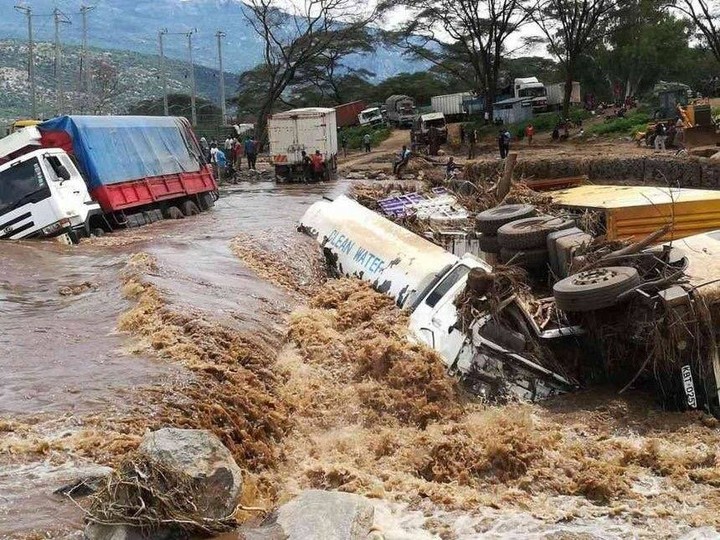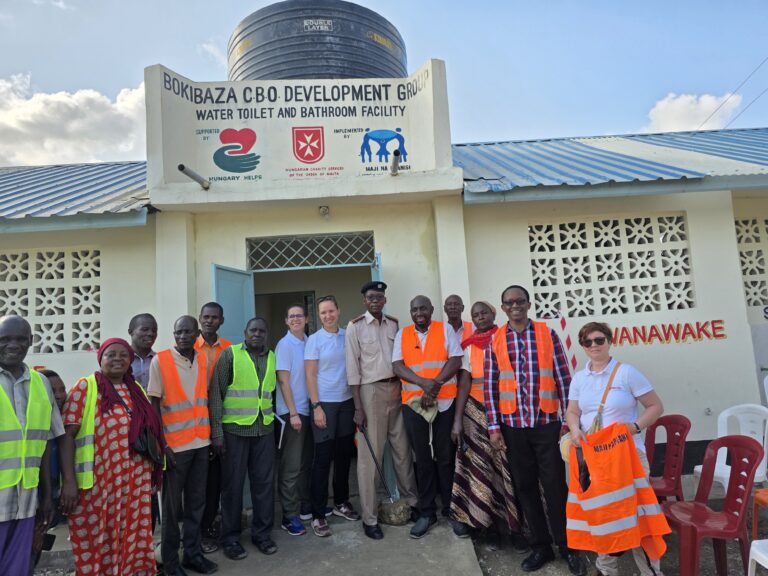Clean water, safe toilets, and hygiene education are saving lives in Kenya.
Every child deserves a healthy start. But in many Kenyan communities, children are still dying from preventable diseases linked to dirty water and poor sanitation.
In this article…
You’ll see how WASH access directly impacts child survival in Kenya. We’ll cover the deadly effects of waterborne diseases, the importance of hygiene, and the lifesaving power of WASH programs. Plus, we’ll highlight how Maji na Ufanisi is leading change—and how you can be part of the solution.
Also Read::Water and Sanitation Crisis: Shocking Facts & Real Solutions
A deadly crisis: Unsafe water and child mortality in Kenya
Child mortality in Kenya is largely driven by diseases that are easy to prevent.
Thousands of children under five die each year from diarrhea, cholera, typhoid, and other illnesses spread through dirty water and poor sanitation.
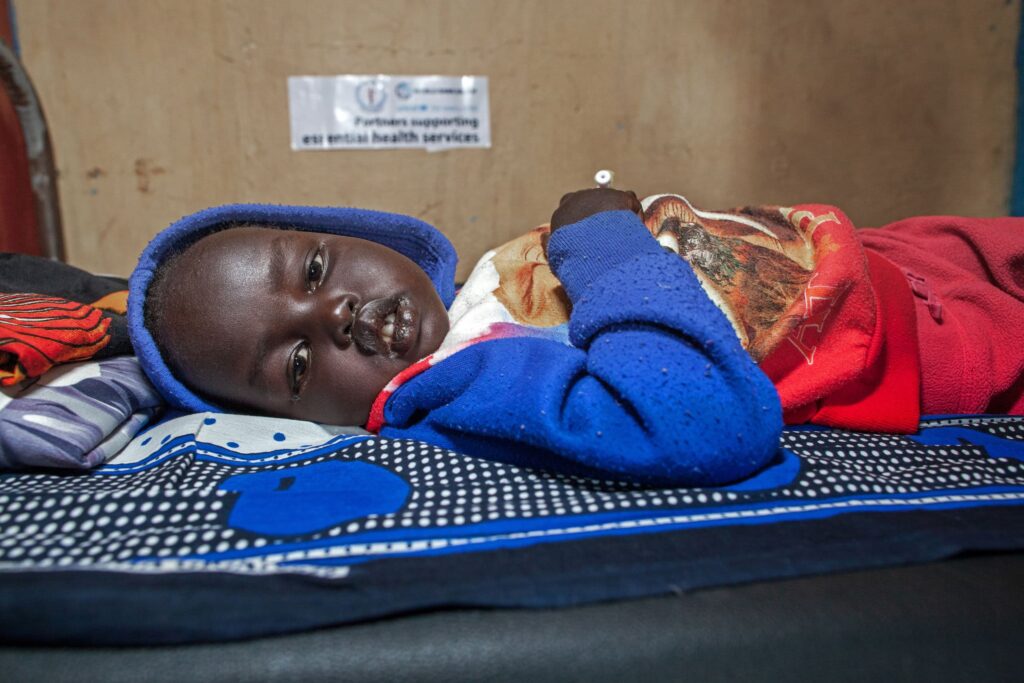
Why this happens:
- Families in rural and informal settlements rely on unprotected water sources.
- Many homes don’t have toilets or proper waste disposal.
- Handwashing is rare due to lack of soap or awareness.
The result: constant exposure to bacteria, parasites, and viruses.
For small children, the effects are fast and fatal.
The science: How WASH stops disease
WASH stands for Water, Sanitation, and Hygiene.
Together, these three things form the first line of defense against deadly infections.
- Water: Clean drinking water prevents waterborne diseases like cholera and dysentery.
- Sanitation: Safe toilets and waste management stop the spread of fecal matter.
- Hygiene: Handwashing with soap kills germs and protects against respiratory and skin infections.
In areas with full WASH access, child deaths from diarrhea drop by up to 60%.
Kenya’s WASH crisis in numbers
The latest data shows:
- 17% of Kenyans rely on unsafe surface water
- 41% of homes lack basic sanitation
- Only 14% of schools have functioning handwashing stations
- 5,000+ children under five die annually from diarrhea alone
In rural counties like Turkana, Kilifi, and Tana River, these numbers are even worse.
Real stories, real impact
Mariam, a mother in Kwale, used to walk five kilometers to collect water from a river. Her two-year-old daughter died of dehydration after a bout of diarrhea.
Today, thanks to a WASH project supported by Maji na Ufanisi, her village has a borehole. Local health workers also trained her in hygiene practices.
Since then, no child in her home has fallen sick.
Across Kenya, thousands of families share similar stories—proof that WASH interventions work.
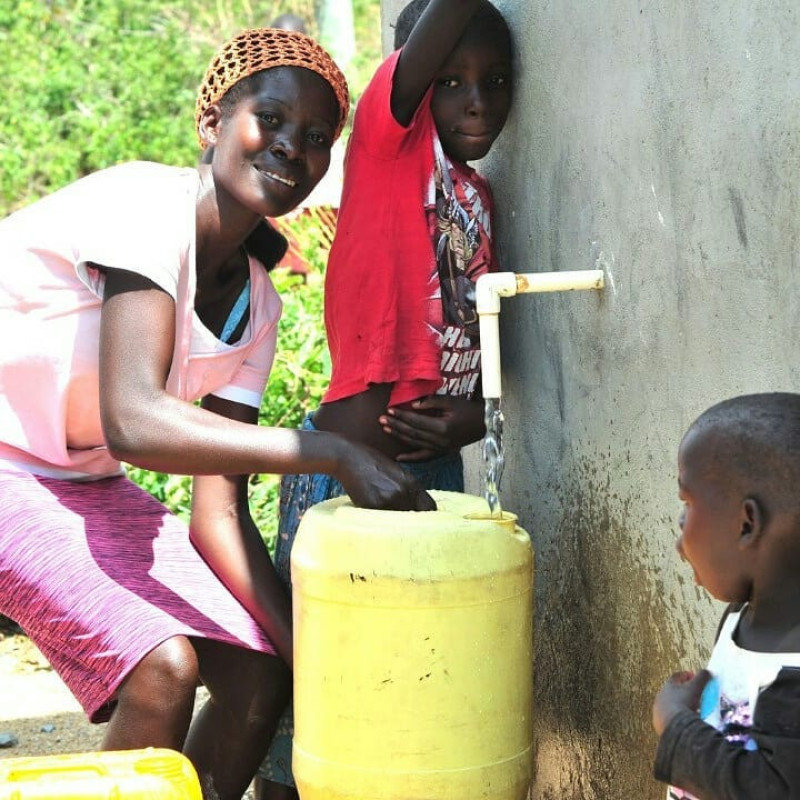
How Maji na Ufanisi is transforming lives with WASH Kenya
Maji na Ufanisi focuses on high-impact, community-led WASH programs that protect children and empower families.
What we do:
- Build gender-sensitive toilets in schools and informal settlements
- Install rainwater harvesting systems in water-scarce areas
- Train youth groups and local leaders in hygiene promotion
- Provide menstrual hygiene kits and education for girls
- Partner with counties to influence policy and improve budgets for WASH
Each project is tailored to local needs, driven by local leadership, and designed for long-term success.
Results:
- Over 30,000 people gained access to safe sanitation in 2024
- More than 10,000 students reached with hygiene education
- Child diarrhea rates in project zones cut in half
Why WASH is the key to ending child mortality
You cannot fight child mortality without fixing water, sanitation, and hygiene.
Vaccines and clinics matter—but without clean water, they are not enough.
WASH builds health from the ground up:
- Reduces disease risk in newborns and toddlers
- Keeps children in school and out of hospital beds
- Frees up time and money for struggling families
- Empowers girls to attend school during menstruation
- Prevents malnutrition by improving absorption of nutrients
Clean water doesn’t only save lives. It gives them a chance to grow.
What’s holding Kenya back?
WASH is not new. But access remains limited due to:
- Underinvestment in rural infrastructure
- Poor maintenance of water and toilet facilities
- Lack of community engagement and ownership
- Weak coordination between counties and national government
- Growing pressure from climate change, floods, and droughts
Maji na Ufanisi addresses these gaps by combining engineering with social empowerment. We don’t install solutions and walk away. We build local capacity to manage systems for the long term.
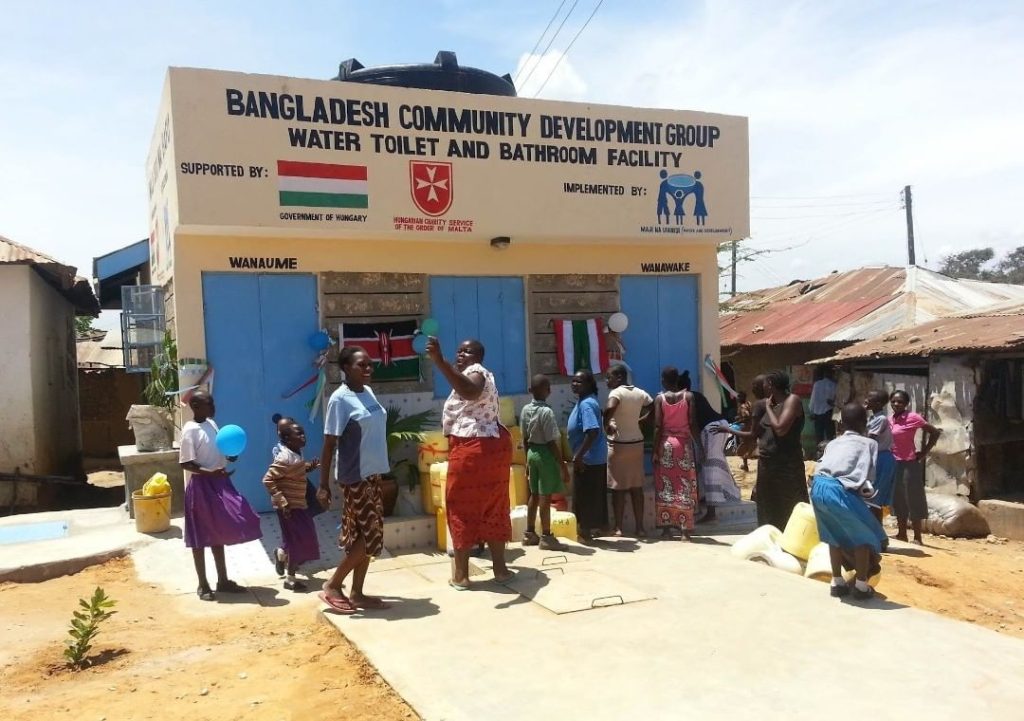
Your next step can save a child’s life
WASH is simple. It works. And it’s urgent.
Every $25 can give a child a year of safe water. Every toilet built can stop the next outbreak. Every hygiene session taught can protect a classroom.
You can make the difference.
Support WASH Kenya. Help end preventable child deaths—one clean drop at a time.
10 common questions about WASH Kenya and child mortality
1. What does WASH mean?
WASH stands for Water, Sanitation, and Hygiene.
2. Why is WASH so critical for children?
It protects them from deadly infections and supports their growth and education.
3. What are the top WASH-related diseases in Kenya?
Diarrhea, cholera, typhoid, and parasitic infections.
4. Which areas in Kenya face the biggest WASH gaps?
Counties like Turkana, Kwale, Kilifi, and urban informal settlements in Nairobi and Mombasa.
5. What is the role of schools in WASH?
Schools are key places to teach hygiene and ensure access to clean toilets and water.
6. Can WASH help during droughts and floods?
Yes. Resilient WASH systems protect health during climate emergencies.
7. What does Maji na Ufanisi focus on?
Sustainable WASH projects led by communities, especially in vulnerable areas.
8. How do girls benefit from WASH?
Safe toilets and menstrual hygiene support their education and dignity.
9. How is WASH funded in Kenya?
Mostly through a mix of government budgets, donor support, and NGO programs.
10. How can I help?
Donate to organizations like Maji na Ufanisi, volunteer your time, or raise awareness.

